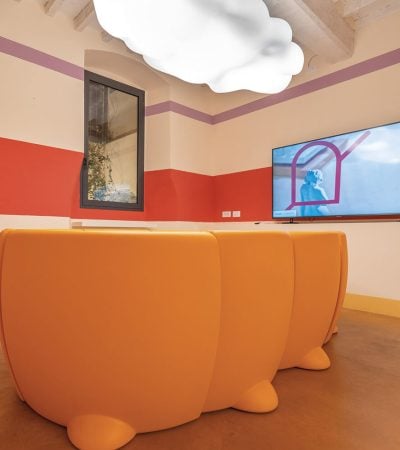Soluzioni digitali di successo
 Scopri di più
Scopri di più
progetti personalizzati
Progettiamo insieme il software ideale per il successo del tuo business
Creiamo il tuo universo digitale: che sia un sito web, un e-commerce o un software più avanzato e complesso, analizziamo le esigenze del tuo business e definiamo insieme lo sviluppo di un progetto su misura per te.
prodotti specializzati
Soluzioni potenti, grazie a venticinque anni di esperienza nel settore del noleggio di macchine e attrezzature.
01/04
Gestisci e condividi tutta la documentazione delle tue macchine e attrezzature con l’intelligenza artificiale. Risparmia tempo, riduci gli errori, aumenta la produttività.
02/04
Un assistente digitale che conosce perfettamente il tuo settore e la tua azienda, per formare continuamente i tuoi operatori e assistere i tuoi clienti.
03/04
Proponi sempre il prezzo migliore per ogni contratto di noleggio, tenendo conto degli obiettivi e dello storico della tua azienda.
04/04
Calcola in modo imparziale le emissioni delle tue macchine e dei tuoi progetti. In collaborazione con ERA – European Rental Association.






